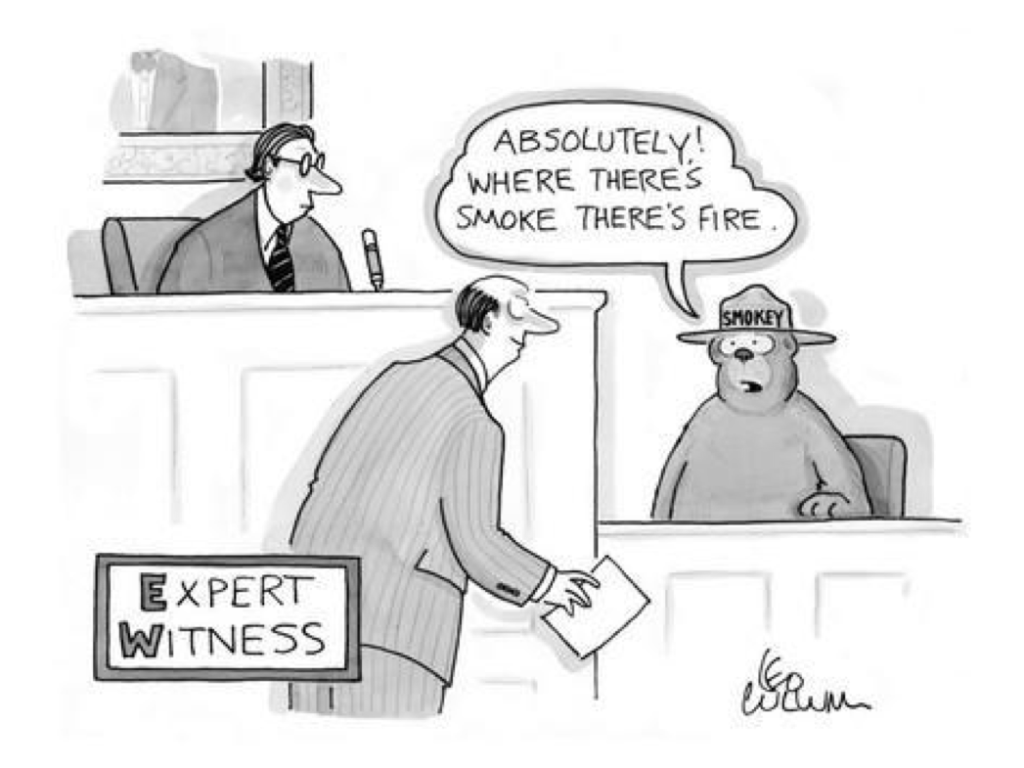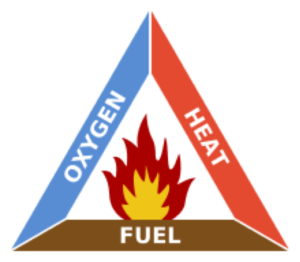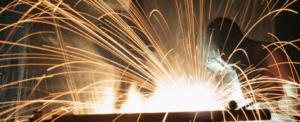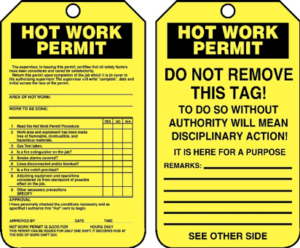
The single-story structure was 200 feet (61 meters) long and 300 feet (91 meters) wide. A wetpipe sprinkler system had been installed. The fire department received the call about the water flow alarm at 8:14 a.m. and responded with two engines, a ladder, a rescue vehicle, a truck, and a tanker. When they arrived four minutes later, they used a thermal imaging camera to find the fire, which two sprinklers had confined to several boxes, stored on the top shelf of a rack in a rear storage area. Investigators discovered that the construction crew on the roof had earlier spotted a fire on the roof and extinguished it with snow. They were unaware that hot slag had entered the building below the area they were working on and started a fire until two sprinklers activated and the water flow alarm sounded. Damage to the building was minimal, but damage to its contents was estimated at $500,000. There were no injuries.
>> Excerpts from “Structure Fires Started by Hot Work” by Marty Ahrens, National Fire Protection Association.

An uncontrolled fire can do terrible things: turn important things to ashes; permanently scar bodies, and end lives. No one wants an uncontrolled fire and no one wants to be responsible for starting a fire. But when you’re welding, you always have the potential to start an uncontrolled fire that can do damage to a building, others and yourself. It’s something you always need to be aware of and plan for.
Every year, a welder is responsible for starting a fire that damages property and lives. You need to take responsible steps to avoid this disaster. Good safety begins with having a good plan to assess the area where you’ll be welding. Equally important, is implementing the plan. But, even with the best of preventative steps taken a fire can still start. However, a good plan will have preparation to control and put out the fire.

As you’re welding, cutting and grinding, there’s a steady stream of hot sparks coming off the work piece. Those sparks can travel over 35 inches or just under 3 feet. The heat of the spark is going to ignite any flammable material it lands on. Depending on how flammable the material is, like gasoline or dust, that will determine if the fire starts now or later.
The real culprit for starting a fire is the mentality of the “5-minute quick job”. The welding job is only going to take 5 minutes. But to properly clear the area will take a lot longer. Plus, proper fire blankets have to be purchased to cover the flammable items. It then becomes very tempting to take short cuts.
The best way to prevent welding fires is to slow the whole process down. Don’t allow yourself to get hurried along.
First, assess whether the area you’ve chosen is acceptable. The CSA (Canadian Standards Assoc.) has identified the following as Non-Permissible areas for welding:
– Areas not authorized by the site owner, management, or their representative
– Areas where toxic, explosive, or oxygen-enriched atmospheres exist or could develop;
– Areas exposed to accumulations of combustible dust;
– On or in proximity to containers or equipment that contain, or previously contained, materials that could develop explosive atmospheres; and
– Areas where any fire protection system or procedure has been deactivated or ignored unless specifically authorized by the site owner, management, or their representative.
Secondly, if the welding is in a non-permissible area, look to see if the work can be done without welding.
If there is no good substitution for welding and the work has to be welded in a non-designated area then you have to fill out a hot work permit. This permit will give guidance and approval to the area before any welding starts. The permit is good for 24 hours.


As you work through your hot work permit, here are 2 things to keep in mind:
Sparks are very hot and very small. They can get into very small cracks, drop down out of sight and smoulder before igniting into a fire.
In Canada, flammable items must be 50″ away. (In the US, it’s 35″)
A spark can get into the smallest and tiniest opening in your fire rated coveralls. When the spark gets between your flammable clothing and your fire rated coveralls a fire can start without you noticing it because you’re concentrating on the work.
Someone who panics is going to undo your plans on how to control a serious situation.
The person was trained but when confronting a serious situation, they start panicking and making bad decisions. They flee an area when they should’ve stayed and dealt with the problem. Hence, a small fire grows into a raging fire.
Panic can lead to others making bad decisions – without checking things out- they follow the panicking person.
People have to be trained on how to assess a situation. Have certain things happened and you need to flee the area? Or should they start taking action to put the fire out?
When welding, fires are inevitable. By welding in permissible areas, the risk can be contained. When you move into high-risk areas, you need to assess the situation and plan on how to deal with the risks. You still may start a fire, but with proper training and planning, the fire can be extinguished and no real damage is done. Everyone goes home safely.
We carry welding blankets, welding screens and other fire retardant items for welding in high-risk flammable areas. Contact us to place an order today.
Cheers,
Ron-Son’s Torch